horiba 9301-10D User manual
Other horiba Measuring Instrument manuals
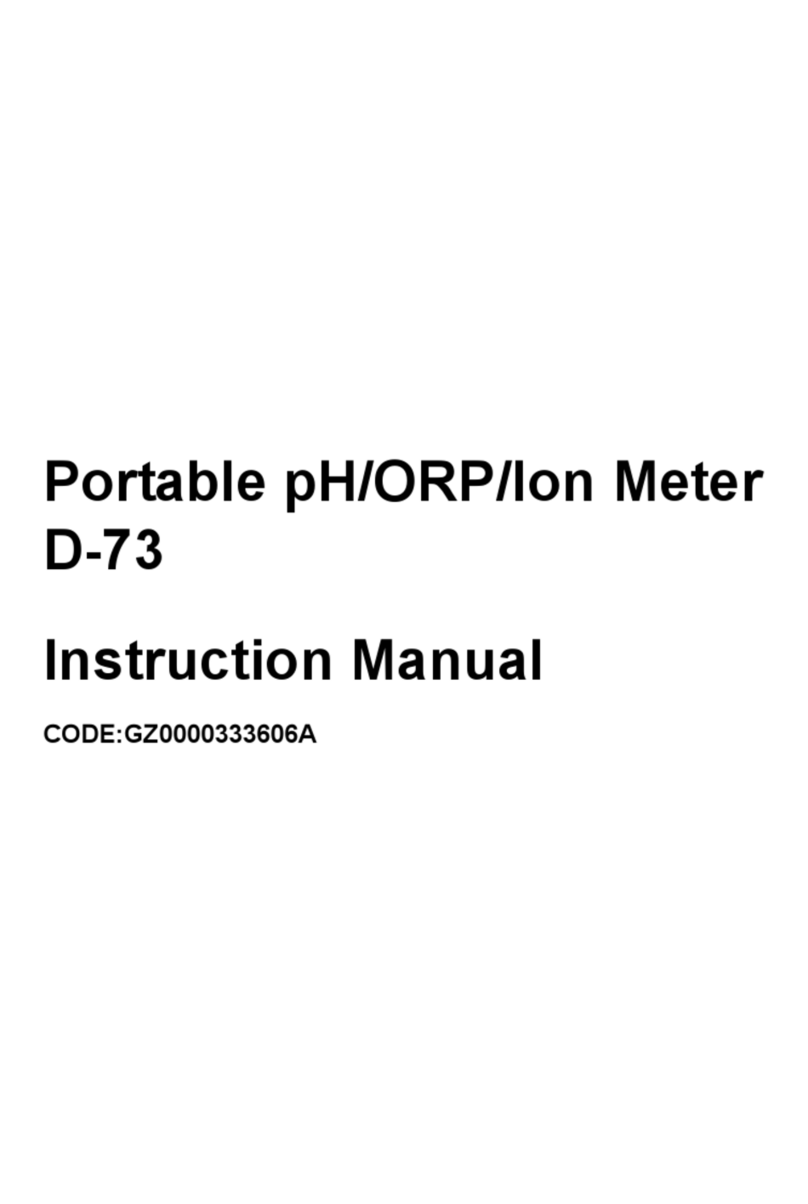
horiba
horiba D-73 User manual

horiba
horiba 9615-10D User manual

horiba
horiba APMA-370 User manual
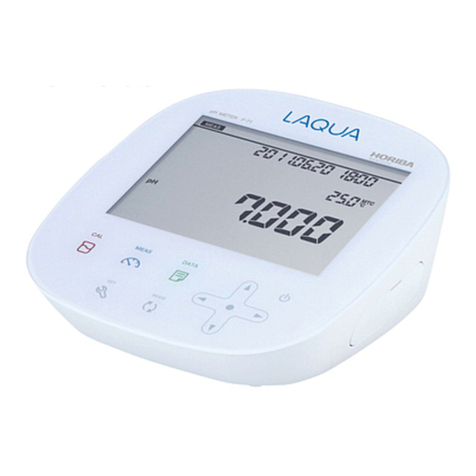
horiba
horiba LAQUA F-71G User manual

horiba
horiba LAQUAact-DO120 User manual
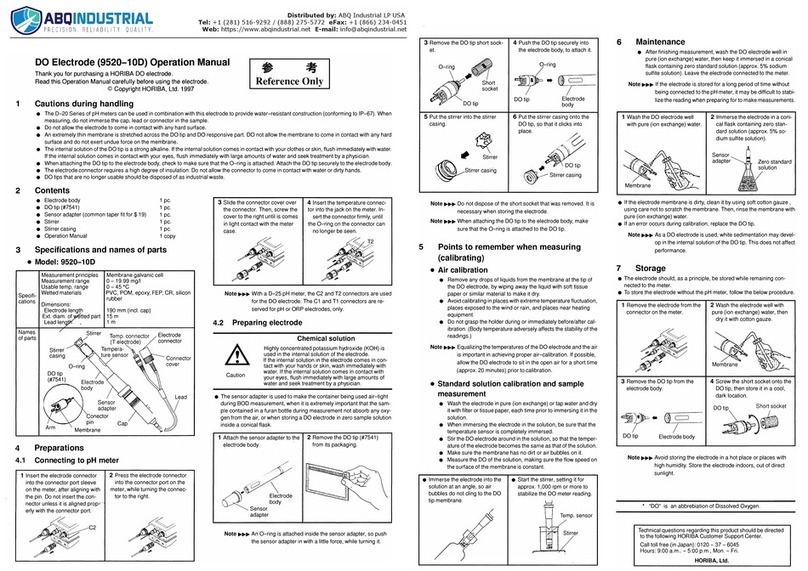
horiba
horiba D-20 Series User manual

horiba
horiba LAQUAtwin series User manual
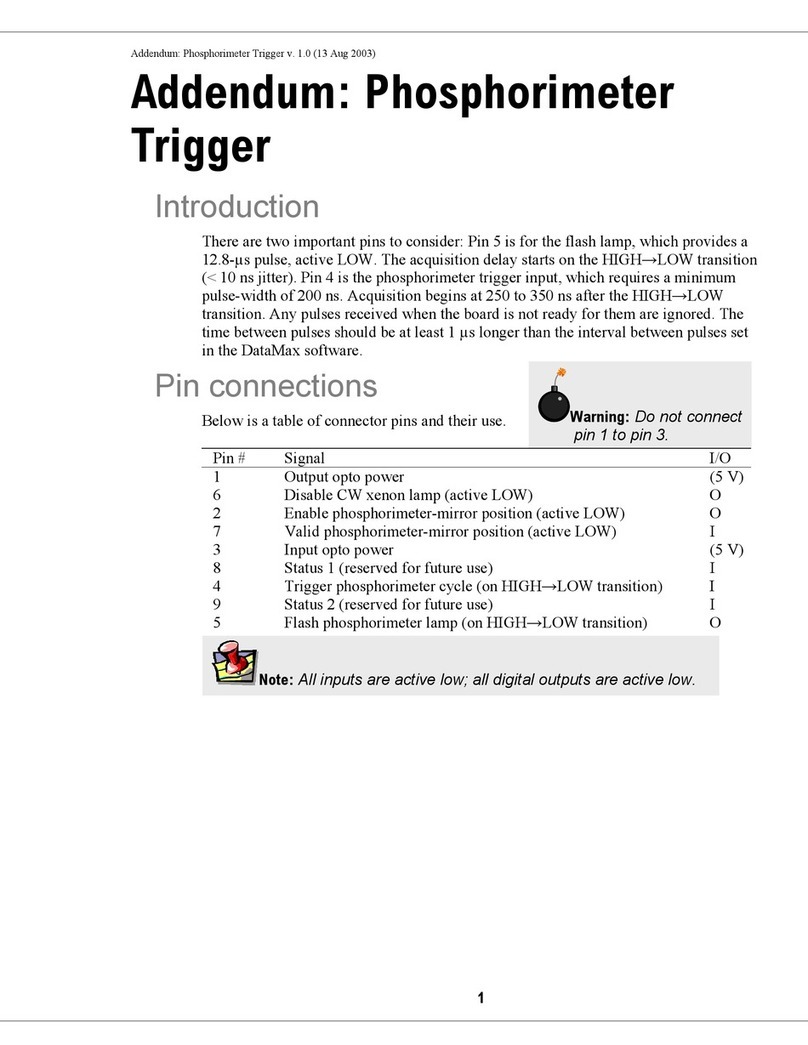
horiba
horiba Phosphorimeter Trigger Installation and operating instructions
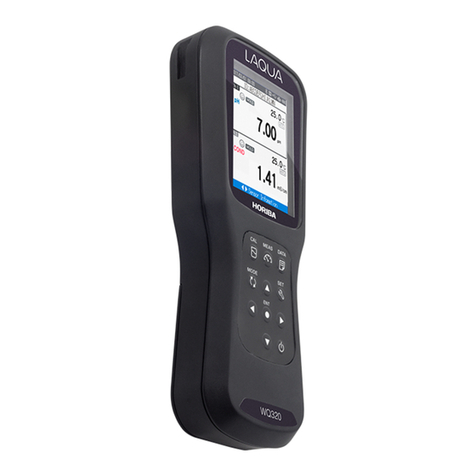
horiba
horiba LAQUA WQ-310 User manual
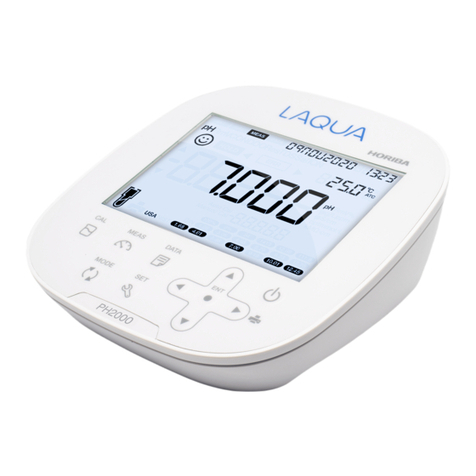
horiba
horiba LAQUA 2000 Series User manual
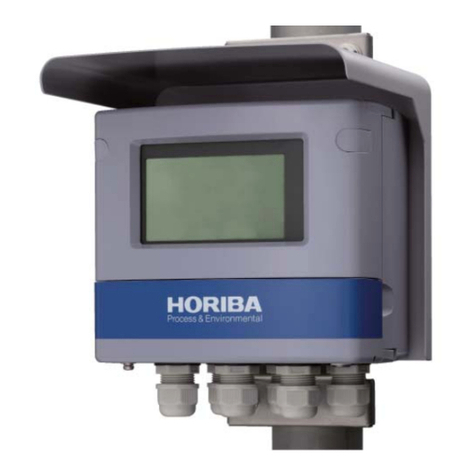
horiba
horiba HU-200TB SS-120 User manual
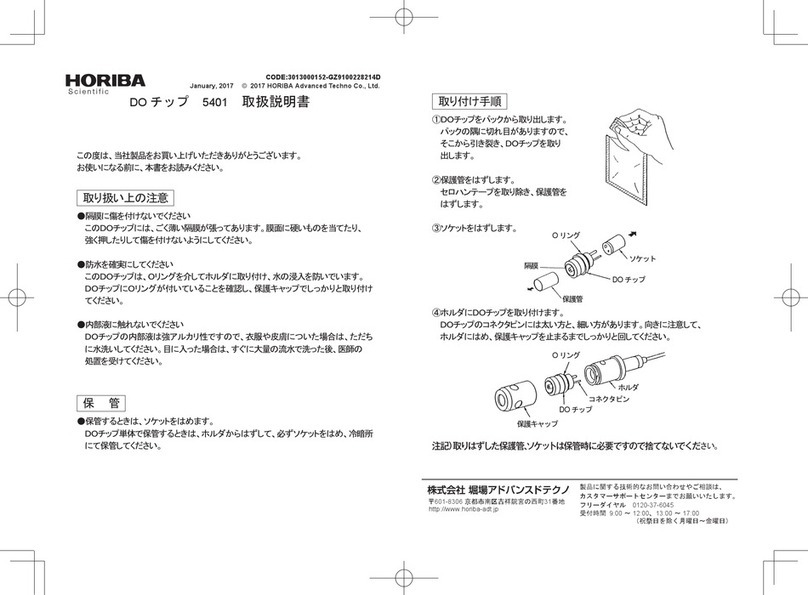
horiba
horiba DO Tip User manual
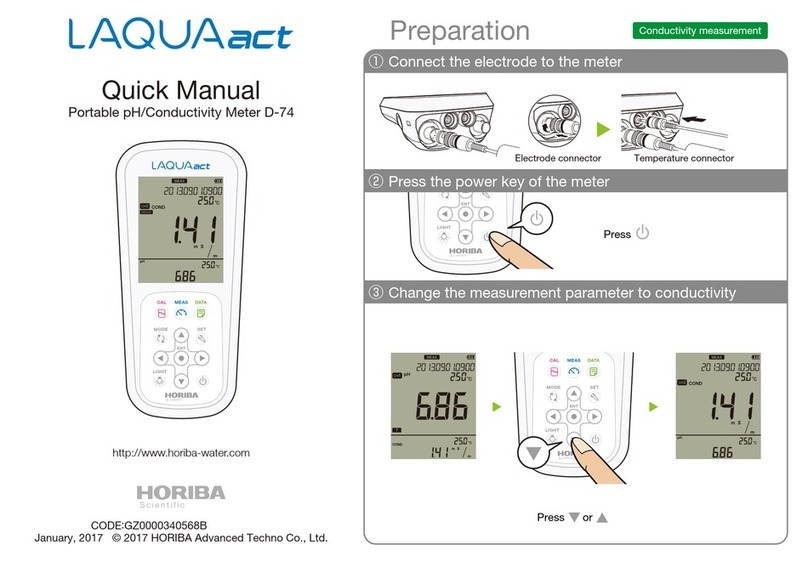
horiba
horiba LAQUAact D-74 Installation guide

horiba
horiba U-50 Series User manual
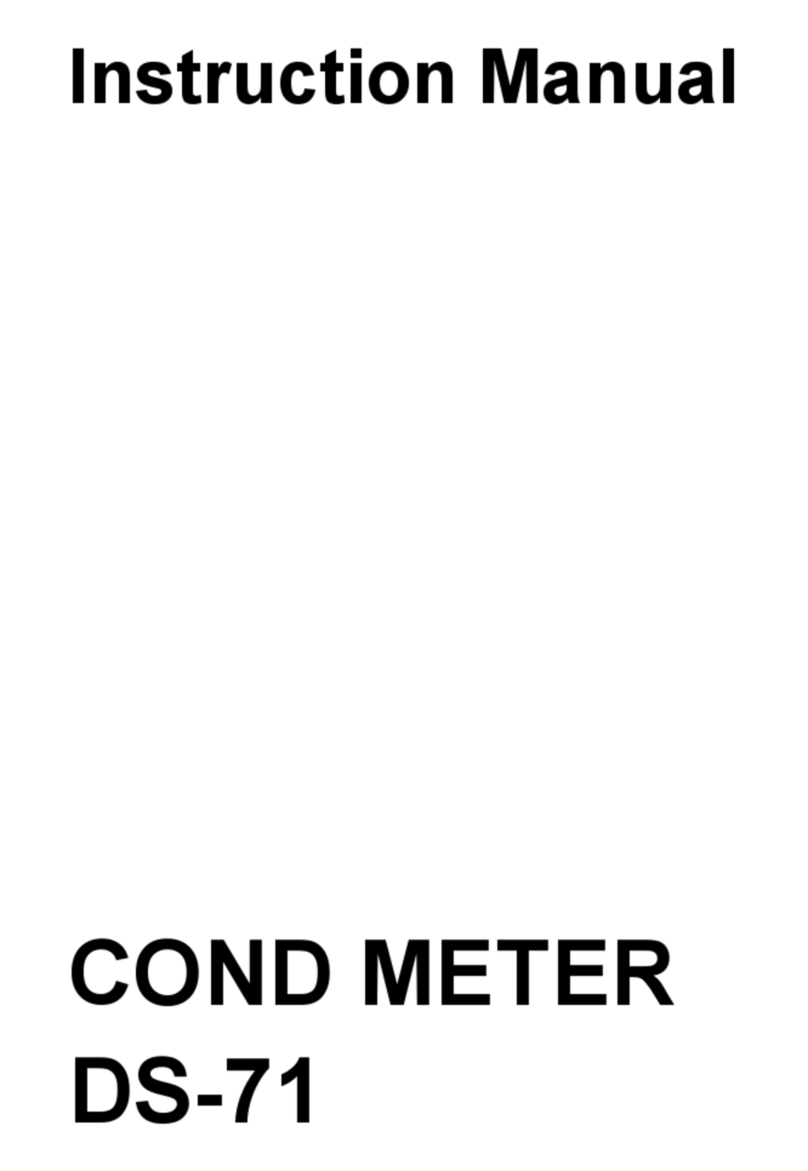
horiba
horiba DS-71 User manual
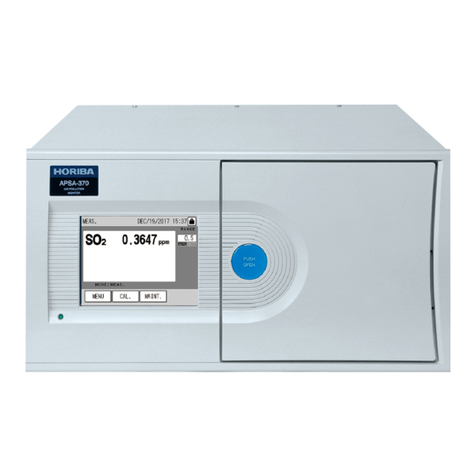
horiba
horiba APSA-370 User manual

horiba
horiba LAQUA 200 Series User manual

horiba
horiba ISFET 0040-10D User manual

horiba
horiba 9681S-10D User manual

horiba
horiba LAQUAtwin-Na-11 User manual
Popular Measuring Instrument manuals by other brands

Powerfix Profi
Powerfix Profi 278296 Operation and safety notes

Test Equipment Depot
Test Equipment Depot GVT-427B user manual

Fieldpiece
Fieldpiece ACH Operator's manual

FLYSURFER
FLYSURFER VIRON3 user manual

GMW
GMW TG uni 1 operating manual

Downeaster
Downeaster Wind & Weather Medallion Series instruction manual

Hanna Instruments
Hanna Instruments HI96725C instruction manual

Nokeval
Nokeval KMR260 quick guide

HOKUYO AUTOMATIC
HOKUYO AUTOMATIC UBG-05LN instruction manual

Fluke
Fluke 96000 Series Operator's manual

Test Products International
Test Products International SP565 user manual

General Sleep
General Sleep Zmachine Insight+ DT-200 Service manual













